Highlights from the 2016 Qt World Summit (or “Don’t treat me like an OBJECT, just because I’m Qt”)
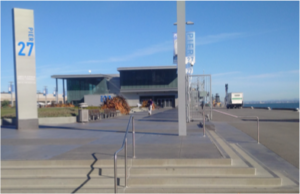
Last week was the 2016 Qt World Summit, held at the wharf in downtown San Francisco, which attracted over 600 Qt developers, contributors, and enthusiasts from around the world. If you didn’t have the fortune to join us there, don’t worry—we’ve got a brief highlight reel for you.
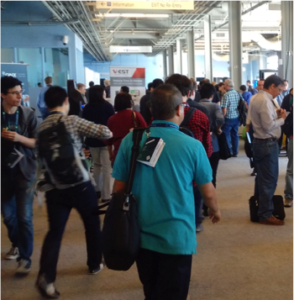
There were a number of keynotes covering the technology from latest developments to provocative thoughts. This is just a small sampling; we won’t give you the spoilers because you’ll certainly want to watch these and other really interesting talks yourself (video links will be posted as soon as they’re online). Kevin Kelly, one of the people who launched WIRED and currently their “Senior Maverick”, gave us a view towards a fascinating and surprising digital future. Also notable was a spotlight from Philip Rosedale, CEO and co-founder of High Fidelity but perhaps better known as the creator of Second Life, discussing where virtual reality is right now and where it’s headed. And NASA scientist Stephen Casner shared his thoughts on how to balance the fine line between humans and automation.
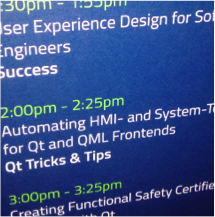
Of course, what’s a Qt conference without the future of Qt? There was plenty to digest as experts from across the Qt ecosystem talked about Qt roadmap, Qt and IoT, Qt Automotive Suite, Qt3D, Qt for VR, Qt on Android, and plenty, plenty more. Our head KDABian, Kalle Dalheimer, 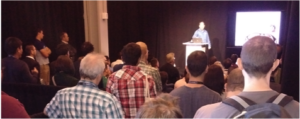 was asked about KDAB’s role in Qt and he got a chance to proudly explain something that many people weren’t aware of—KDAB is a significant contributor to Qt, providing Qt3D, Qt on Android, Qt on IoS, Gamma Ray, and many other additions, developments, fixes, and improvements throughout the Qt code base.
was asked about KDAB’s role in Qt and he got a chance to proudly explain something that many people weren’t aware of—KDAB is a significant contributor to Qt, providing Qt3D, Qt on Android, Qt on IoS, Gamma Ray, and many other additions, developments, fixes, and improvements throughout the Qt code base.
Qt World Summit Observations
You can’t attend a conference without taking away some overall trends.
- Automotive has embraced Qt Not only were there dedicated automotive tracks and several automotive exhibitors, but people from the auto industry were there in force—helped no doubt by the fact that nearly every car company has an R&D office in Silicon Valley. Qt has been used in car infotainment systems for a while now, with The Qt Company, KDAB, and others in the Qt community rising to the challenge of creating an automotive-specific Qt stack. Automotive power houses QNX and Harman were there with their Qt-based car software stacks, QNX also eager to talk about their Qt work in other spaces like medical, IA, and general embedded. Pelagicore, a long time Qt champion, had their latest car software on display. But interestingly, last week some of the demos were safety critical instrument cluster applications. For example, newcomer Auto.io had a wide array of Qt-based digital dashboards.
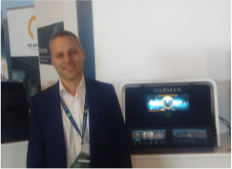
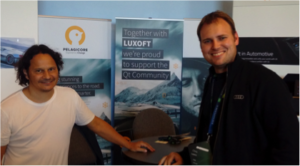
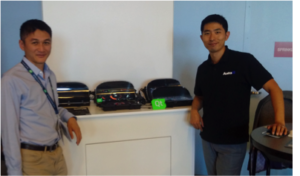
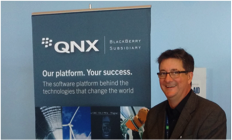
- Qt support is alive and well
Companies were showing their full Qt support at the Qt World Summit, like froglogic with UX test scaffolding, Ubuntu with their Snap packaging to help make Qt app distribution less painful and more reliable, and the micro-board movement was well represented with Qt-ready embedded systems from Toradex and witekio (whom many of you may remember as Adeneo). That’s just a sampling of the companies who were there. Lots of people and companies see Qt as one of the key enabling technologies that straddles embedded and desktop, and are fully behind it.
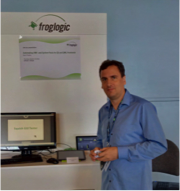
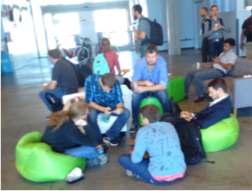
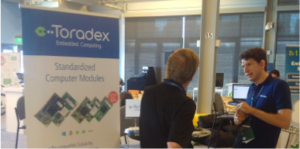
- Cross-platform is Qt’s biggest strength
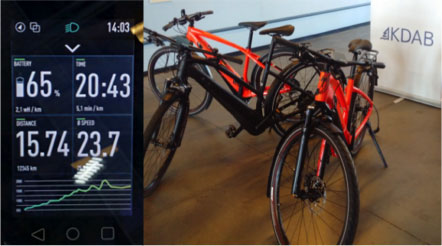
How many embedded devices these days don’t have a companion mobile app, web tool, or desktop application? Vanishingly few, which is why Qt’s ability to share code on devices across the entire spectrum—with or without a display—is making Qt the #1 developer’s go-to tool. To give a KDAB specific example, we brought a number of stylish and sexy Turbo Vados e-bikes, showing off their KDAB-created and Qt-powered mobile interfaces.
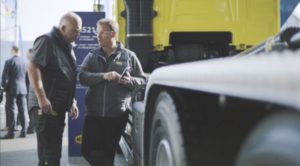
Overall, it was a 3-day Qt whirlwind for C++ developers and embedded decision makers. Talking to a sampling of the exhibitors, the audience provided a lot of quality discussions. And we didn’t even touch on the full day of training sessions! Did you attend Qt World Summit 2016? Any observations that you’d like to share? We’d love to hear what you thought.
where are the videos from the conference?